
Editor's note: The Top of the Morning staff is pleased to continue our week-long celebration of the Day of Remembrance with author David G. Woolley through the Jewish Feast day on Monday, September 29th. Today's post is an introduction to Divine Calendars.
Calendars. Clocks. Clay water buckets. Even the circular stone glyphs of this uniquely American calendar pictured above. Some modern. Some ancient. They're all instruments for tracking the passing hours and days of our lives. We're not sure exactly the origin of the first clocks, but we're fairly certain that ancient peoples were interested if not obsessed with finding some sort of measurable units to track the passage of time. This colorful Mayan calendar is a testament to the mathematical genius of ancient Americans. They loved to play with numbers, calculating dates thousands of years into the past and as many more into the future. Its a cyclical five thousand year calendar beginning on August 13th 3,113 B.C,. The reason for the start date is unknown, but the end date four years from this winter on December 21st, 2012 may have important significance.
The Egyptians used this clay bucket as a means for measuring time.
 They called it a water clock. Each day they filled it with water and then unstopped the cork to let the water slowly drip out holes in the bottom. At the end of the day they read the calibrated marks etched into the inside wall and determined if the day was longer or shorter than previous days. It was an ancient means to establish a measurable unit of what they observed in the rising and setting of the sun. In ancient Egyptian thinking, the March 20th and September 22nd equinox, when the length of daylight is precisely the same length as night, may have been thought of as something like a half bucket long.
They called it a water clock. Each day they filled it with water and then unstopped the cork to let the water slowly drip out holes in the bottom. At the end of the day they read the calibrated marks etched into the inside wall and determined if the day was longer or shorter than previous days. It was an ancient means to establish a measurable unit of what they observed in the rising and setting of the sun. In ancient Egyptian thinking, the March 20th and September 22nd equinox, when the length of daylight is precisely the same length as night, may have been thought of as something like a half bucket long.The calendars that grew out of ancient cultures and the emergence of the twenty-four hour clock with its divisions of 60 one-minute periods have their beginnings in these time measuring devices. They emerged over time from observations of planetary orbits. The Julian calendar we use today functions precisely as it was intended, as a standardized measure of the observable yearly revolutions of the earth around the sun and the daily twenty four hour rotations of the earth on its axis. The Enoch and Hebrew calendars, and possibly the Mayan calendar, served a rather different, unique purpose. They were Divine.
The Hebrew calendar adopted by Moses for use by ancient Israel (Exodus 12:2, Romans 3:2) is a soli-lunar calendar where the years are based on the movements of the earth around the sun and the length of each of the months dictated by the phases of the moon.
 Since the phases of the moon don't allow for a full 365 days in a year, a thirteenth month is added every few years to re-align the calendar with the yearly circling of the sun. The Hebrew calendar functioned within ancient Israelite society, as it does today, as a means for calculating the dates on which sacred Israelite feasts were celebrated. Many Israelite feast dates appear to come from an era that pre-dates Moses and were already in full use during the times of the patriarchs.
Since the phases of the moon don't allow for a full 365 days in a year, a thirteenth month is added every few years to re-align the calendar with the yearly circling of the sun. The Hebrew calendar functioned within ancient Israelite society, as it does today, as a means for calculating the dates on which sacred Israelite feasts were celebrated. Many Israelite feast dates appear to come from an era that pre-dates Moses and were already in full use during the times of the patriarchs. The prescribed dates for the Hebrew calendar were likely passed on to Moses through the Enoch calendar. Jewish scholars, concerned about the accuracy of celebrating the sacred feasts on the proper date, use the Enoch calendar as a collaborative dating instrument to ensure precision. The Book of Enoch, an ancient text not included in the King James version of the bible but believed to be an authentic ancient record, indicates that the Enoch calendar was given to the prophet Enoch by the angel Uriel.
Astronomer John P. Pratt suggests that both the Enoch and Hebrew calendars provide correct dating, but they were intended for different purposes and they work together as independent witnesses of God’s divine timing of important religious and historical events (John Pratt, Enoch Calendar: Another Witness of the Restoration, Meridian Magazine). Dr. Pratt points out that God may be using the Enoch and Hebrew calendars as instruments for the dating of important religious occasions through timing events in ancient times with similarly themed modern events. Feast dates on the Hebrew calendar and sacred themes associated with specific dates on the Enoch calendar accurately predict events like the birth of Christ, important events during his life, his crucifixion, resurrection, and also restoration events in the history of the Church of Jesus Christ of Latter Day Saints including Joseph Smith’s first vision, the coming forth of the Book of Mormon and the birth and death of the prophet Joseph Smith.
Pratt writes that, “Joseph Smith was born on Monday, 23 December 1805 which coincides with the Hebrew day marking the winter solstice, leading to the suggestion that it symbolized the return of the light of the gospel to a dark world. Thursday, 27 June 1844, the day on which the Prophet went “like a lamb to the slaughter” (D&C 135:4), was one of four Hebrew days of atonement.” The Law of Moses required priests to sacrifice two lambs every day, one in the morning and one in the afternoon (Num. 28:3-8). Because the Hebrew day begins about sunset, the morning sacrifice was near the meridian of the 24-hour Hebrew day, and the afternoon sacrifice was near the end of the day. The morning sacrifice appears to have represented Jesus Christ, who would come in the meridian of time, and the afternoon lamb might well have symbolized the Prophet Joseph Smith, who came in the latter days and did “more, save Jesus only, for the salvation of men in this world, than any other man that ever lived in it” (D&C 135:3)
The search for devices to measure the passage of time likely predated the Egyptian water clock. It may have originated out of the dating of prophesied events including the birth, mission and ministry of Jesus Christ, the Fall of Adam, Noah’s prophesied flood, and numerous events in the restoration of the Church of Jesus Christ in the late 1800s. Astronomer John Pratt writes that, “It appears the Lord's signs and wonders were designed in detail to display in the heavens what men would chronicle on earth.” In order for the movements of planets and other celestial bodies to be used as dating instruments for important future events, the precise dates of those events would have to have been known before the creation of the earth and the orbits of other celestial bodies within view of earth would have had to been set at the time of their creation (Abraham 3: 4-10).
The appearance of a new star at Christ’s birth as prophesied in the Old Testament (Numbers 24:17), for example, is a celestial event that was likely calculated into the movement of a celestial body before the world was created.
 The use of planets, moons, stars and other celestial bodies as instruments for dating and specifically calendaring important sacred events may be, in part, what God revealed to Abraham when He stated that “it is given unto thee to know the times of reckoning, and the set times of the earth upon which thou standest, and the set time of the greater light which is set to rule the day, and the set time of the lesser light which is set to rule the night” (Abraham 3:6).
The use of planets, moons, stars and other celestial bodies as instruments for dating and specifically calendaring important sacred events may be, in part, what God revealed to Abraham when He stated that “it is given unto thee to know the times of reckoning, and the set times of the earth upon which thou standest, and the set time of the greater light which is set to rule the day, and the set time of the lesser light which is set to rule the night” (Abraham 3:6). The Feast of Trumpets celebrated on the first day of the seventh month of the Hebrew calendar (1 Autumn on the Enoch Calendar) is not only a religiously themed day for repentance and redemption, but also a day for the making and renewing of covenants with God (Lenet Hadley Read, Joseph Smith’s Receipt of the Plates and the Israelite Feast of Trumpets, Journal of Book of Mormon studies, Vol 2, Number 2, Fall 1993 pp110-120). This same covenant-making purpose for the feast is also one of the main purposes of the Book of Mormon (Isaiah 29:14, 2 Nephi 27: 11, 22).
Throughout much of Nephite history, scribes and priests tracked the passage of time beginning with Lehi's departure from Jerusalem. In what is sometimes called the Book of Mormon's Six Hundred Year Prophecy of the coming of Christ, Lehi likely introduced, or at least employed, the knowledge used to design the ancient Mayan calendar pictured at the top of this post to make his prophetic calculation. In a future post titled The First American Calendar, we'll examine Nephite dating, Lehi's Six Hundred Year Prophecy and the Mayan calendar.
In the following excerpt from Chapter 32 of Day of Remembrance, Jospeh Smith meets with Moroni for the last time before recieving the golden metal plates on which were written the text of the Book of Mormon. The importance of covenants and the calendaring of sacred events intersect in this scene. The purpose of the Book of Mormon was intended by its authors to bring to a remembrance of modern peoples the covenants made by their ancient ancestors and assist them in understanding the importance of making and keeping covenants with God. This is a dramatization of the night that restoration began.
12:30 am
Saturday, September 22nd, 1827
The Jewish Sabbath
A Hill Two Miles South of the Smith Farm
Joseph held the plates with both hands. They were heavy—nearly thirty pounds of gold-plated metal by his guessing, but they were a far greater burden than their weight. Joseph was charged like Moses of ancient days with a record of a new covenant and this stone box where they lay for fourteen hundred years was the arc of this new covenant—a receptacle sealing for centuries a record preserved to come forth out of the dust. This small drumlin didn’t rise to near the altitude of Sinai’s summit, there were no trumpets sounding his ascent to the top and there were no Israelites gathered at the base of this hill waiting to receive the record—only his dear wife, Emma, waited below in a surrey—but Moroni promised Joseph that one day the writings on these plates would go to all nations to bless all the families of the earth.
Moroni said, “Read the last words on the first plate—the ones I wrote many years ago before I hid this record here.”
Joseph adjusted the plates beneath the double lens of the Urim and Thumim and Moroni read the translation as it appeared on the surface of the clear stones. His voice was like the sound of a trumpet blast rising up through the trees and proclaiming that the day had arrived for God to remember his covenants with Israel.
Moroni said, “This record will show unto the House of Israel what great things the Lord hath done for their fathers: and that they may know the covenants of the Lord, that they are not cast off forever—and also to persuade Jew and Gentile that Jesus is the Christ, the Eternal God, manifesting himself to all nations.”
A conduit of light opened around Moroni and he walked up into it until the brightness gathered around his form and Joseph was left alone on the hill in the darkness of night. He set the golden plate record on the ground next to the edge of the box, lifted the stone lid into place, but before he fitted it shut he caught a glimpse of the brass plate record that lay in the shadows with the other relics. It was a record much like the Old Testament—at least that’s what he understood from his many visits with Moroni—and its writings were copied into the golden plate record entrusted to Joseph.
He let the stone lid fall into place and seal the brass plates back into the ground, arranged the long grass around the edges and spread a handful of dirt over the top to hide his coming to this place. He wrapped the golden plates in a cloth, but before hefting them down the hill to join Emma he stood for a long moment beside the stone box, the brass record sealed under his feet. He knew the story of the coming forth of the golden plate record. He’d lived it for the past four years, but he couldn’t help but let his mind wander to the other record that lay in this stone box, hidden for centuries in the dust of the earth. Joseph and his family had suffered years of poverty and a good many other hardships, all the while knowing the precious metal in this hill could remedy their ales. Over the past four years he rid himself of the greed of wanting these metal plates for any other purpose than the work of God. Joseph ran the toe of his boot along the seam where the stone lid met the ground. Did the brass record beneath his feet share a story similar to his? Were there other men who suffered like he suffered to preserve ancient covenants for future generations? Joseph tucked the golden plates under his arm and started down the hill.
Would he ever know the story of the brass plates he left behind and how this night was unlike any other night in the calendar of events in the history of men?
__________________________
Join author David G. Woolley at his Promised Land Website.

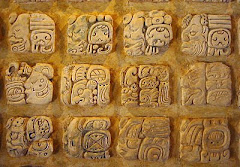
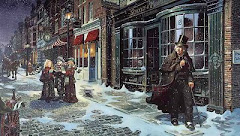



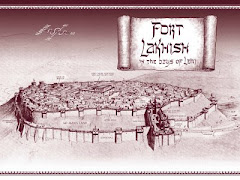



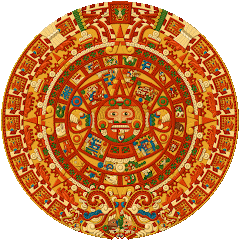

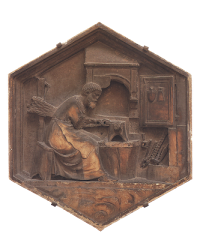

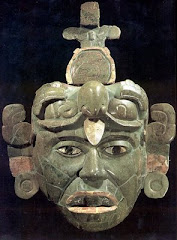



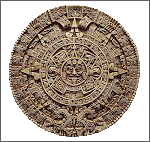

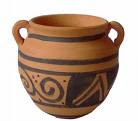
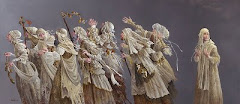
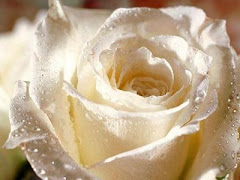


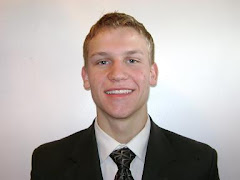
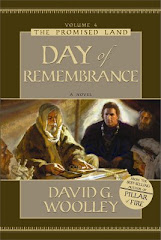



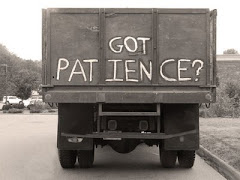
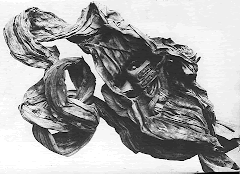


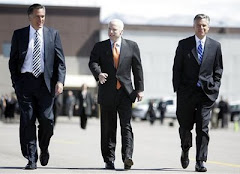

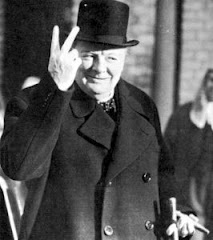
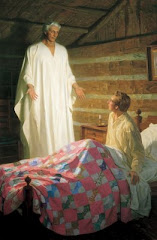


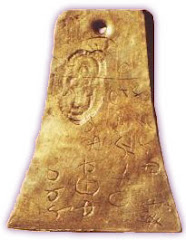


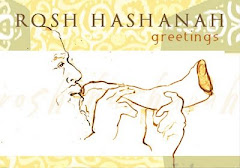


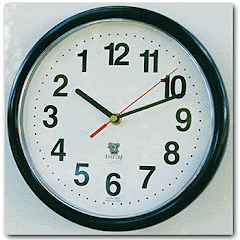

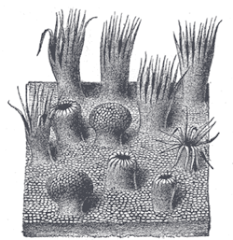
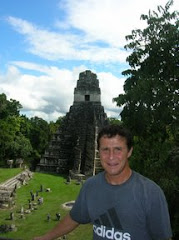


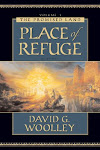
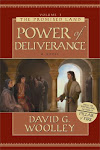

4 comments:
Fascinating post! Any idea what the ending date on the calendar, 4 years from now, signifies?
I especially liked the thought that the precise dates of those events would have to have been known before the creation of the earth.
You never cease to amaze me!
Hi Kim:
I never cease to fall over my feet either, but that doesn't keep me from trying to walk a straight line.
Yes. There are some really significant dates and I'm going to go over the Mayan calendar, its likely ties to the dating and the prophecies in the Book of Mormon, as well as that end of the five thousand year cycle that ends on December 21st, 2012. Here is something to think about. That date ends with the beginning of the winter equinox...the day when light comes back into the world after having slowly gotten darker as winter slowly takes over. Should be an interesting post.
At least I thought it had potential to be interesting.
Well done again over the weekend. Johnny's team just seems to be unbeatable.
Thanks for posting a comment. You are officially NOT A LURKER like all these others who show up but never say a word. Yes, I'm talking about you guys. For crying out loud. Would someone join poor Kim and say something. Please.
All the best Kim.
David G. Woolley
And Kim...
I failed to say that the post answering your question about December 21st, 2012 will be titled The First American Calendar.
Or did you already know that?
All the best,
David G. Woolley
Now you've got me thinking. I'll look forward to the post.
I agree, John's team is amazing, but I might be just a bit partial! :)
Post a Comment